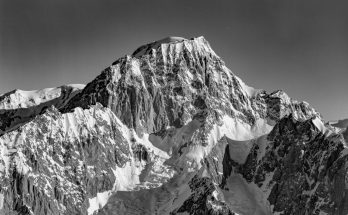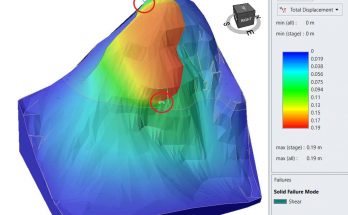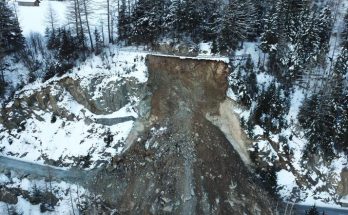Raja Mastouri
Co-supervisors: Prof. Samir Bouaziz, Prof. Michel Jaboyedoff
Experts: Merj Tonini, Chedly Abbes, Mohamed Moncef Sarbeji
The Tunisian Sahel domain is characterized by geological outcrops that range from Miocene to Quaternary. This area has been considered as a vast plain and as collapsed block. Its morphology shows gradients of up to 200 m, as hills, detailed reliefs, plains and depressions. However, it’s marked by a gently tectonic frame work showing in subsurface more complexity in horst and graben with kilometric scale bounded by systems of branching faults and fold structures.
To better understand the layout of these structures in relation to the sedimentary series, the 3D modeling allows visualizing in three dimensions the geodynamic evolution of Mesozoic and Cenozoic basins of the Tunisian Sahel. It is to build and use a more simplified model closer to reality. This building 3D models and their use remains uncommon in the field of geology and represents a new tool in the study of sedimentary basins.
This study aims to develop a procedural guide that assembles a logical step for achieving 3D geological model surface and subsurface using geographic information systems (GIS) and in particular the software “Arc-GIS” to create a digital model land and a 3D surface model and the software “Surfer” to digitize the basis of subsurface data. This method describes the application of modeling software “GéoShape” that facilitates obtaining a more detailed 3D model of surface and subsurface volume for oil exploration.



